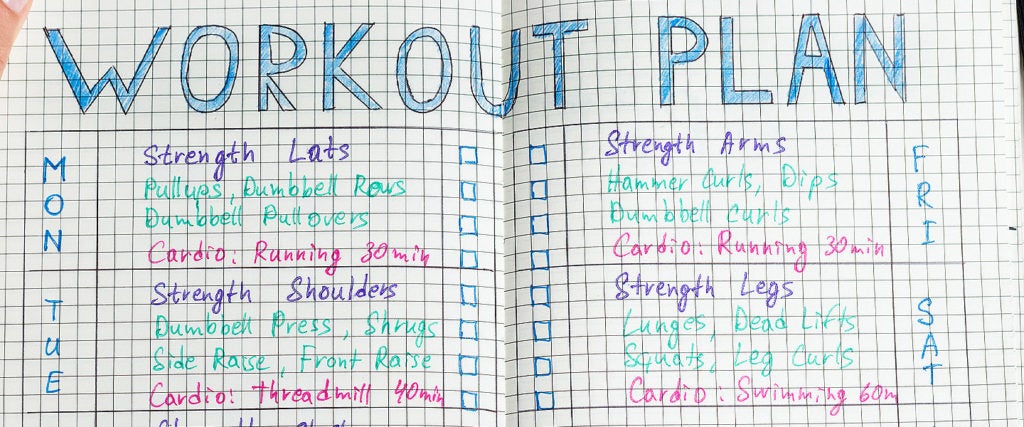I’ve been hitting a stride lately doing yoga every other day. Maybe I should be switching it up a bit more, but honestly, the fact that I’ve managed to keep a routine feels like an accomplishment in itself. At least with yoga, it’s a broad enough practice, with a massive variety of different YouTube videos, to keep me entertained and trying something new every so often without much thought. But what if you’re someone whose routine is a bit more rigid? You do your 20 minutes of cardio, followed by your favorite exercises or weight machines, rinse and repeat several times a week. How long can you keep doing just that?
“It would be best if you changed your exercise routine anywhere from every four to eight weeks,” says NYC area certified fitness trainer Jessica Mazzucco, founder of The Glute Recruit. “Everyone’s body is different, and you should monitor your results and change your workout routine when you no longer see progress. Incorporating different types of workouts into your exercise routine allows you to target different muscle groups. Strength training, flexibility training, HIIT, interval training and other types of exercises target different muscle groups and make your body stronger.”
Generally, it’s a good idea to have some variety in your exercise routine as part of the routine itself. In fact, it might even be essential to maintaining muscle health. “When you stick to the same exercise, your body adapts, and you’re not challenging it,” explains Mazzucco. “You also put yourself at risk for muscle imbalances, meaning there’s a strength discrepancy in one part of the body versus another. You also need to give your muscles time to recover. By participating in a different workout routine, you target opposing muscle groups and allow your micro-tears to heal. Allowing your micro-tears to heal makes the muscles grow and get bigger.”
That said, you don’t need to completely abandon your routine every one to two months arbitrarily. Instead, the focus should be on results and progress. “If you still see good results from your routine, you can stick with it. When you start to see your training results plateau, then it’s time to change your workout,” says Mazzucco.
Maybe “change” simply means adding an extra five minutes to your time on the treadmill, or bumping up the weight you typically work with. Or maybe it means ditching the treadmill and trying out the rowing machine or stationary bike, or swapping a weight session for a pilates class. Even then, you don’t have to make these changes to the totality of your routine. Rather, they could just be occasional switches you make once or twice a week.
After months of no newness, your body simply won’t be getting as much of a benefit from your workouts. It’s not like your exercise will be totally pointless, of course, but you might as well reap as much as you can from the time you’re putting in. Like I said, maintaining a routine feels like an accomplishment in and of itself, so you might as well make it count, right?

